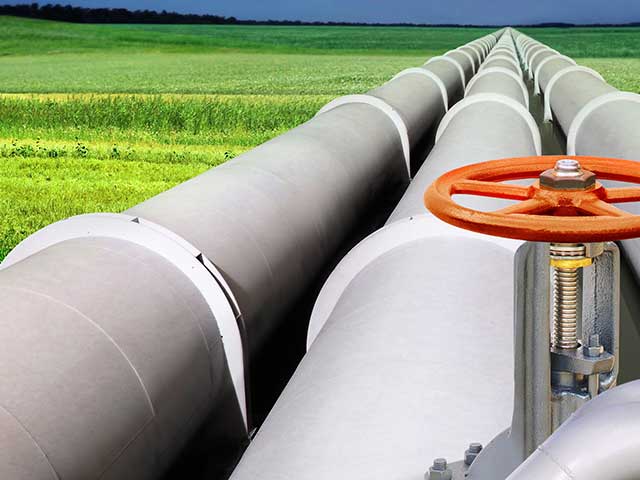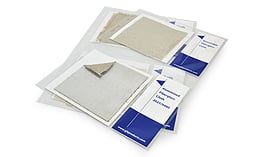
A well designed lagging system will provide effective noise reduction. Key components include materials that block sound and those that absorb sound.
For above-ground pipe applications, such as gas lines, an effective system for blocking sound emanations can be easily constructed--if you have the right materials. Usually, an absorber of some type must be installed over the surface radiating the noise. Additionally, a noise barrier is also required.
The absorbers are mainly thermal insulations that feature texture and thickness appropriate to the type of rounded surface to be insulated. Examples include, inorganic glass fiber, which is excellent for absorbing energy, but requires mechanical or adhesive attachments to the vessel or pipe surface. Each type of absorber has its pros and cons.
A noise barrier will reduce sound transmission to surrounding areas and usually accompanies the absorber as an additional layer. An example of an excellent noise barrier is Vinaflex™ with Foil Facing (FF), which is lightweight and flexible and can be easily installed.
For both interior and exterior applications, the finishing touch for an acoustical piping solution must include some type of jacketing. The jacketing is the final protective cover. Thickness, fire hazard compliance, and mechanical abuse dictate which type of jacketing material should be used.


